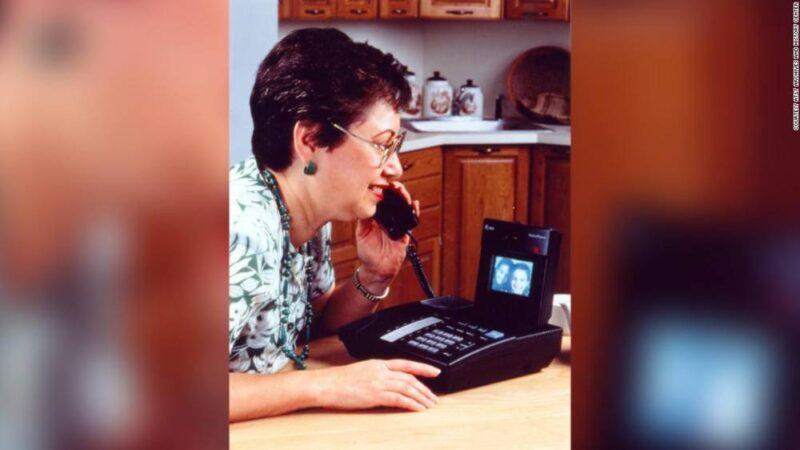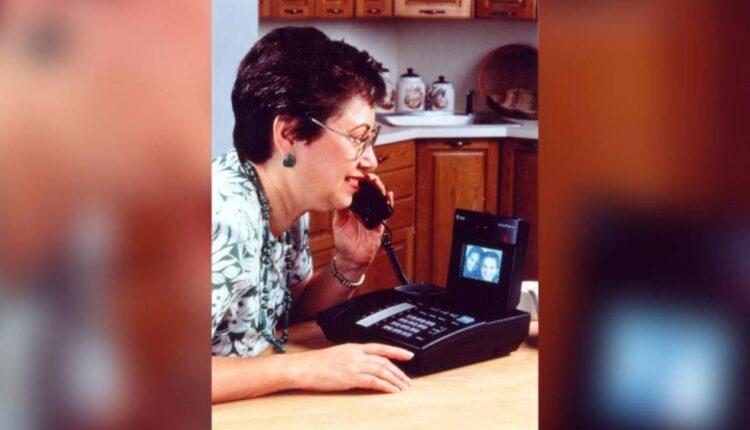New York (CNN Business)In 1992, AT&T launched what it called the first full-color, motion-picture video phone. Long before Zoom or Skype were ever created, AT&T’s VideoPhone 2500 allowed callers to see each other on a small screen, live.
At the time, Robert M. Kavner, then group executive of AT&T Communications Products, said in a 1992 press release: “Not just for the rich. Not just for big corporations. But for everybody. Visual communications has begun.”

The VideoPhone 2500 was a standard-size phone, with a fold-up panel featuring a 3.3-inch LCD screen and camera lens. The quality was understandably blurry, offering up to ten frames per second, because it had to work with old-fashioned copper telephone wires.
In 1992, it came at a steep sum of $1,499 to own or $30 a day to rent. Still, in some ways, it was ahead of its time. AT&T correctly predicted in its 1992 press release that video calling could help grandparents see their grandchildren and for families to share holidays remotely. According to the company, the phones were typically sold in pairs.Read MoreThe AT&T Technical Journal wrote presciently for its May/June 1993 issue: “Will new video phones replace our common telephones? Probably not. Sometimes it is nice to be anonymous. Often we do not want to worry about how we look.”By 1993, the AT&T VideoPhone 2500 was available in 32 countries and its price was reduced to $999.99, sold in retail outlets like Office Depot and Sears.CNN senior correspondent Richard Roth reported on the VideoPhone in a 1992 TV spot — long before AT&T became CNN’s parent company. He tells CNN Business now in 2020, looking back on his own reporting: “What I’m struck by is who would have thought AT&T, on that day in 1992, I would say one day is now my boss and would have bought CNN. That would have seem a little farfetched back in 1992.”Roth freely concedes he is not a technology expert and that many of his coworkers poke fun at his technological abilities. “I could still go out and do that piece by four o’clock. I like the challenge of that but things have changed on our air a bit,” he said. He has been with the company for forty years.
Don’t worry, Richard. The VideoPhone was discontinued in 1995. Today, a copy of the phone is held at the Smithsonian National Museum of American History, although it is currently not on display, according to the museum’s website.
Source: edition.cnn.com

